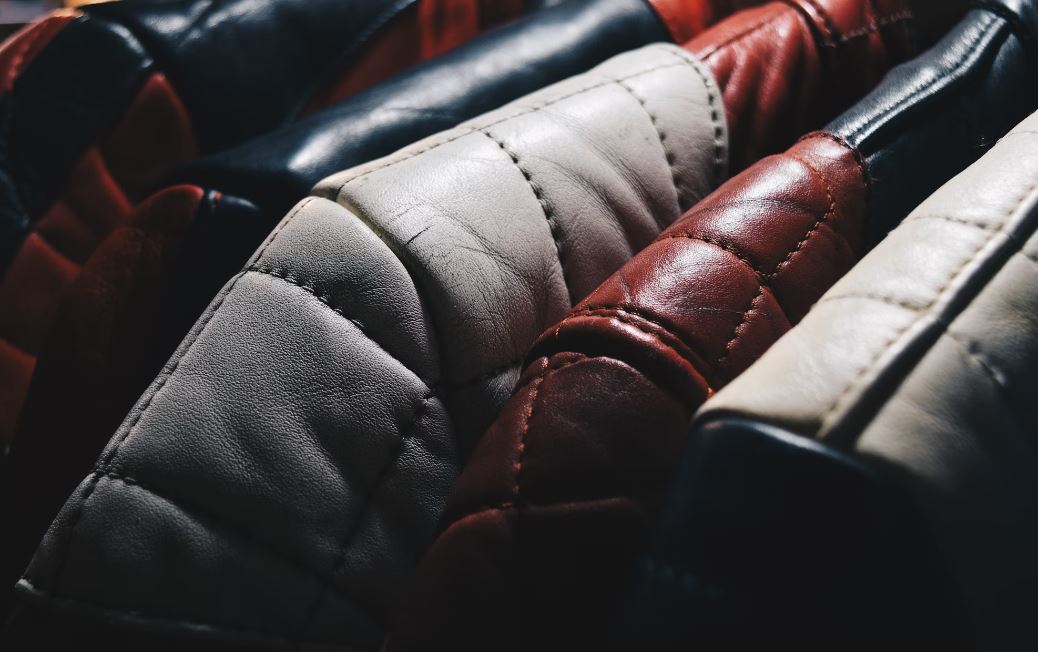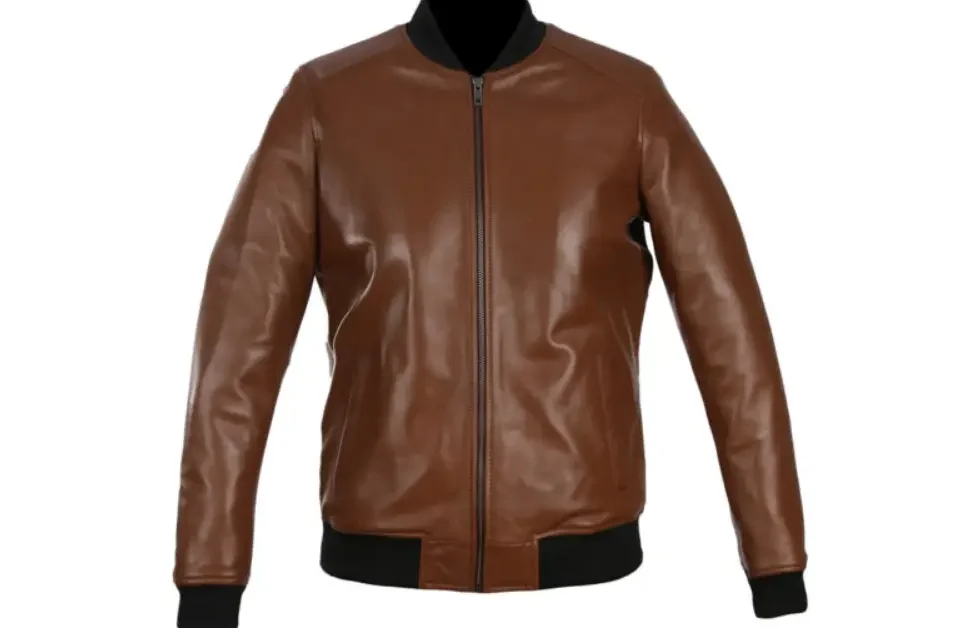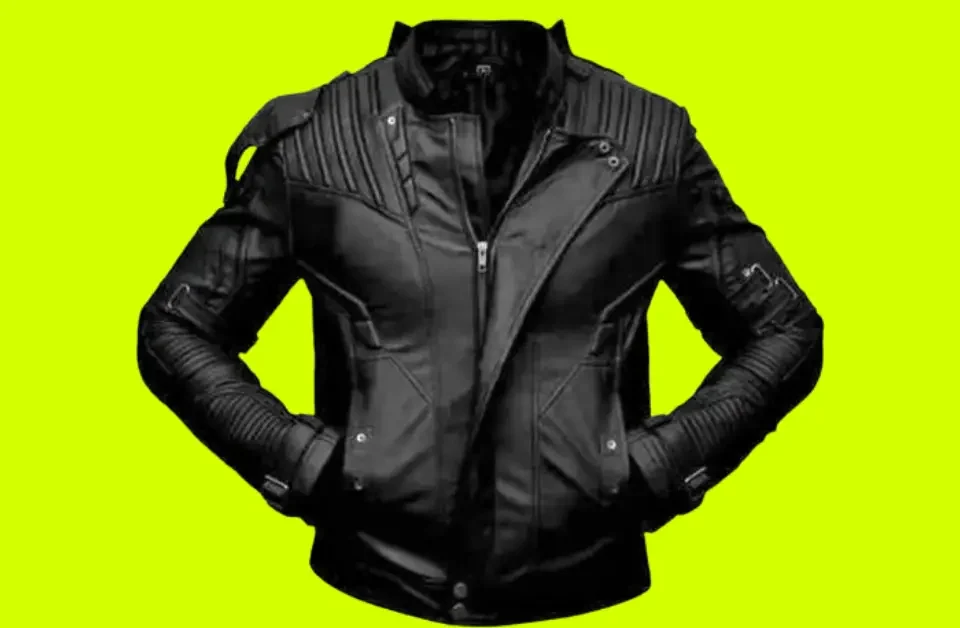
How to Properly Care for Leather Jackets (Inside and Out)
November 18, 2024Finding the perfect fit for a leather jacket is crucial. The right size ensures comfort, enhances your style, and provides the jacket’s intended functionality. An ill-fitting leather jacket, on the other hand, can restrict movement or leave you with an unflattering silhouette. Understanding how fit impacts style and wearability helps you make an informed decision when investing in this timeless piece.
Understanding Leather Jacket Sizes
Leather jackets are often available in standard sizes like XS, S, M, L, XL, XXL, etc. These sizes are intended to fit a wide range of body types, but choosing the correct size means understanding how your body measurements match these size categories.
- Chest Measurement: This is one of the most critical factors in determining jacket size. Measure around the fullest part of your chest while keeping the tape level.
- Waist and Shoulder Measurement: Knowing your waist and shoulder dimensions will also ensure a more tailored fit, as leather jackets need to sit well along your torso and across your shoulders.
The table below offers a general guide to understanding the sizing:
| Size | Chest (inches) | Chest (cm) | Shoulder Width (inches) | Shoulder Width (cm) |
|---|---|---|---|---|
| XS | 32-34 | 81-86 | 16-17 | 41-43 |
| S | 35-37 | 89-94 | 17-18 | 43-46 |
| M | 38-40 | 97-102 | 18-19 | 46-48 |
| L | 41-43 | 104-109 | 19-20 | 48-51 |
| XL | 44-46 | 112-117 | 20-21 | 51-53 |
| XXL | 47-49 | 119-124 | 21-22 | 53-56 |
Size Conversion Charts for Leather Jackets
When shopping for leather jackets, especially online, it is essential to understand size conversion. Different regions have different sizing conventions. A detailed size chart will help you convert between UK, US, and European sizes.
| US Size | UK Size | EU Size |
| XS | 34 | 44 |
| S | 36 | 46 |
| M | 38 | 48 |
| L | 40 | 50 |
| XL | 42 | 52 |
| XXL | 44 | 54 |
Measuring for the Perfect Fit
To ensure the right fit for a leather jacket, you need accurate body measurements:
- Chest Size: Measure the fullest part of your chest with a flexible tape measure. Make sure the tape is snug but not too tight.
- Shoulder Width: Measure from the tip of one shoulder to the other across your back, which helps determine if the jacket will sit properly.
- Sleeve Length: Measure from the tip of your shoulder down to your wrist, ensuring your sleeves aren’t too short or long.
- Waist and Hip Measurements: For styles that are more fitted at the waist, measure your natural waist and hips.
Tips for Accurate Measurement
- Use a flexible tape measure and, if possible, ask someone to help.
- Always measure over clothing similar to what you plan to wear with the jacket. This ensures you have the correct allowances for a comfortable fit.
Leather Jacket Fit Types Explained
Leather jackets come in different fit types that cater to various body shapes and preferences:
- Slim Fit: Characterized by a more tapered cut, slim-fit jackets are ideal for lean body types and give a sleek look.
- Regular Fit: Offers a balanced cut with room for movement, suitable for most body shapes.
- Relaxed Fit: Provides a looser feel, ideal for layering and extra comfort.
Style-Specific Fit Considerations
- Biker Jackets: Designed for a snug fit around the shoulders and chest, with a shorter length.
- Bomber Jackets: Slightly looser around the waist, providing a casual, relaxed look.
- Classic Motorcycle Jackets: Often feature a mid-thigh length, with a more structured fit to provide warmth.
Testing Movement and Comfort
To check if the jacket fits comfortably, perform simple movements like raising your arms or sitting down. It should allow you enough mobility without excessive pulling or bunching. Test the jacket both zipped and unzipped to ensure it feels good in both positions.
Common Leather Jacket Fit Issues & Solutions
Identifying Poor Fit
Here are common signs that a leather jacket may not fit properly:
- Too Tight: If you feel restricted in the shoulders or chest, or cannot comfortably zip the jacket, it’s too small.
- Too Loose: If the sleeves hang beyond your wrists or the body feels too baggy, the jacket is too big.
Adjustments and Alterations
- Professional Alterations: For jackets that are slightly off, visiting a professional tailor can help with adjustments, such as altering sleeve length.
- DIY Adjustments: Minor adjustments like shortening sleeves or tightening cuffs can sometimes be done at home, but leather requires careful handling to avoid damage.
Conclusion
Choosing the right size and fit for a leather jacket is all about balancing comfort, style, and functionality. By understanding measurements, fit types, and how to break in a new jacket, you can invest in a piece that not only enhances your look but becomes a beloved part of your wardrobe. Take the time to measure correctly, try on different fits, and consider professional alterations if needed. A well-fitted leather jacket is more than clothing; it is a statement of style and personality that will last for years.
Related Article:




